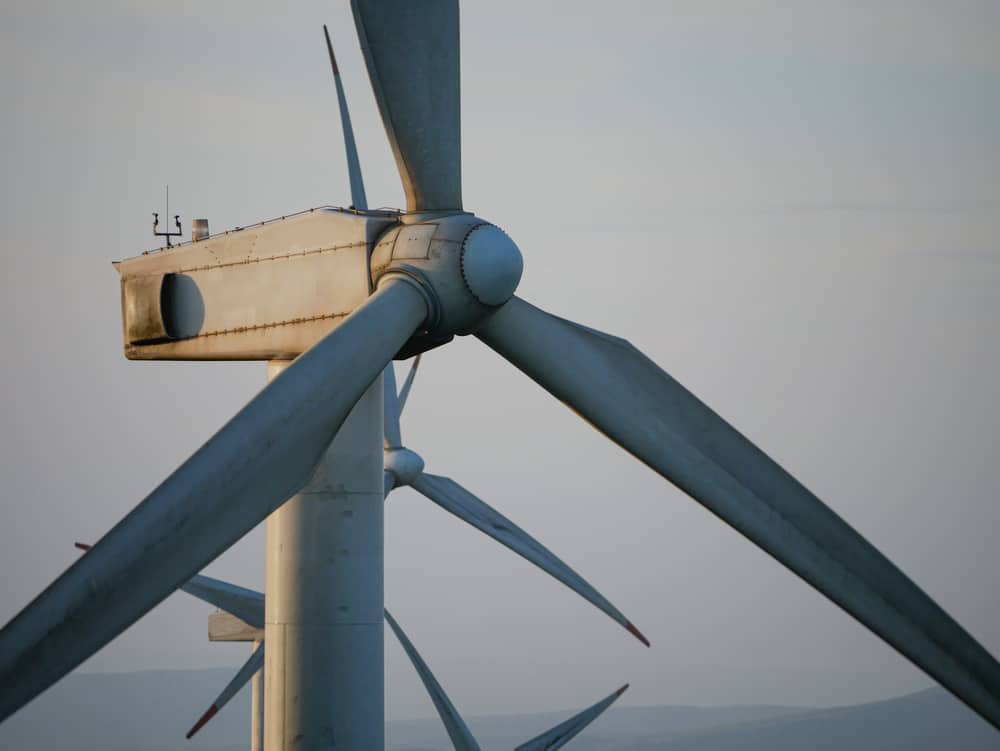Turbine Shaft Inspection for Large Scale Power Generation
TTurbine shafts face high-level stresses during operation in large-scale fossil, nuclear, wind, or steam power generation plants. During fabrication, sometimes, a methodology like welding is used to join smaller metals together. These factors in fabrication and operation can give rise to flaws in the turbine shafts. The flaws can significantly increase the risk in operation and affect the performance or damage the adjacent equipment. So, an inspection of the turbine shafts holds greater importance.
Ultrasonic nondestructive testing facilitates the assessment of material and weld quality in the turbine shaft. Any flaw identified during the turbine shaft inspection can be an opportunity to implement corrective measures to ensure a safe and smooth run of the turbine.
Welds and Stresses in Large Turbine Shafts
In power generation plants, turbine shafts are more exposed to fatigue and stress than any other components. This is especially true for large-scale power plants where the dynamic, thermodynamic, and corrosive load can affect the turbine shaft. In addition, these variable loads can give rise to flaws like cracks in different parts of the turbine shaft. This is why the fabrication process of the shaft needs proper attention.
One way turbine shaft fabrication is done is through welding. Large rotatable turbine shafts form by fusing two or more different portions of metals in large-scale power generation plants. The fusion is made possible with welding, which also helps attain an excellent ultimate strength of the component. Welding can also be utilized to connect the turbine shaft with the generator or gearbox. The expense at which the power plant equipment is attached to the turbine shaft means that the weld or metal quality itself should be top-notch without even a minor flaw.
Although industries try to achieve nearly perfect and seamless welds, the possibility of flaws cannot be eliminated. Therefore, along with stress-induced cracks, as discussed earlier, various weld flaws such as porosity, inclusion, or lack of bonding should also be assessed. The assessment is made possible with nondestructive testing (NDT) technology like ultrasonic testing (UT) which can efficiently identify and characterize flaws without significantly affecting the operation.
Ultrasonic Examination of Turbine Shafts
Ultrasonic inspection is an effective way of identifying, locating, and characterizing flaws in turbine shafts. The inspection remains equally effective for different materials, weld processes, as well as varying shaft diameters. A high-frequency ultrasonic beam can be induced in the shaft with the help of an ultrasonic transducer, and the reflecting beam can be analyzed to identify potential stress-induced or heat-induced flaws. For welded turbine shaft, ultrasonic testing fosters inspection through identification of:
- Cracks or pores in the heat-affected zone
- Weld penetration depth and lack of fusion in the joint
- Inclusions in the weld
- Weld thickness measurement
- Corrosion and erosion
This flaw detection is facilitated with the help of advanced ultrasonic testing equipment, which ensures weld quality in turbine shaft with features such as:
- High-speed scanning and analysis
- High-resolution C-scan imaging and visualization
- Flexibility to inspect along curves or bends where the shaft may be connected to other equipment
- High volumetric coverage
In large-scale power plants, these features can be beneficial for turbine shaft inspection to ensure seamless and optimal welds as well as efficient power generation.
NDT Ensures Quality and Integrity During Turbine Shaft Inspection
The quality of the turbine shaft directly correlates to the power generation output. Ensuring the integrity of the turbine shaft with ultrasonic testing means the adjacent equipment can also operate at its full potential, thus, improving the efficiency of the operation. The welded shaft can be examined for any potential flaws and remedied before moving further in the process.
With turbine shaft quality assurance via NDT inspection, power generation industries can improve productivity and efficiency while mitigating risks and saving operational costs.
Zetec can partner with you to help you find the right NDT solution that can match your turbine shaft inspection and weld inspection requirements. For more information, contact us today.






